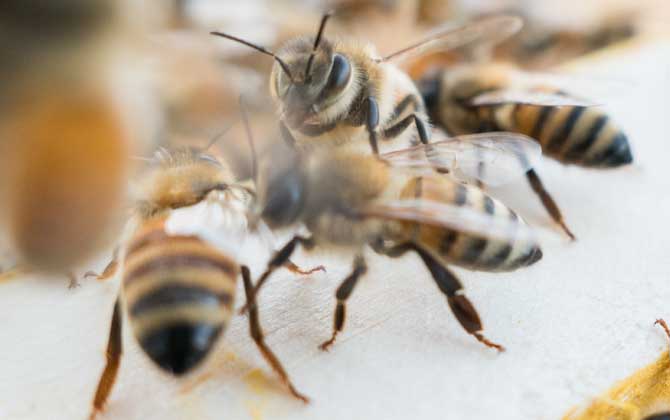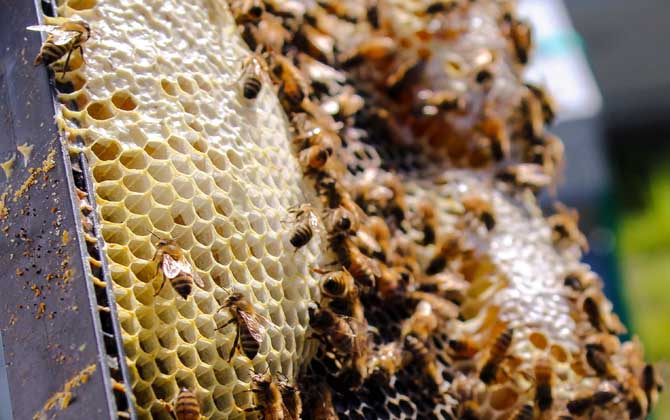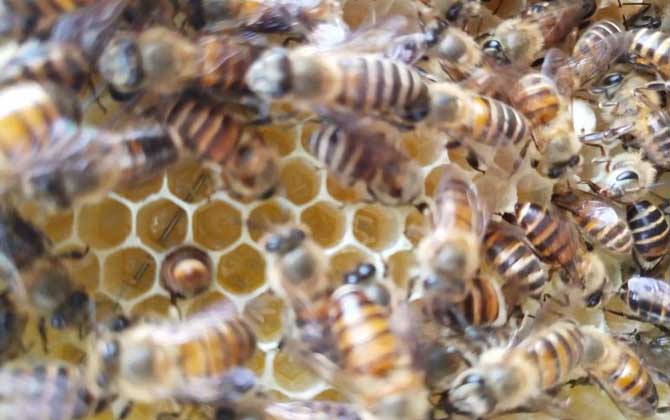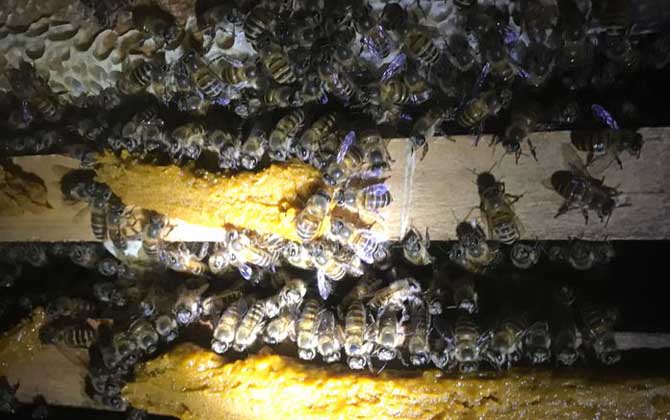Beekeeping for Beginners: Essential Steps to Success
Introduction
Beekeeping is a highly skilled practice that can lead to prosperity when done right, but carries significant risks if approached improperly. Many beginners make fundamental mistakes that compound over time. This guide provides crucial insights for novice beekeepers to establish a solid foundation.

1. Understanding Bee Behavior
Honeybees are social insects with complex biological characteristics. Key behavioral patterns to study include:
- Swarming instincts and colony reproduction mechanisms
- Social hierarchy and division of labor
- Foraging patterns and communication methods (waggle dance)
- Temperature regulation strategies
Mastering these behaviors enables effective colony management, from swarm control to queen introduction. Beginners should dedicate at least 20 hours to studying bee biology before establishing their first hive.

2. Selecting Appropriate Bee Species
China’s primary managed species:
| Italian Bees (Apis mellifera) | Chinese Honey Bees (Apis cerana) |
|---|---|
| Higher honey production (40-100kg/year) | Superior disease resistance |
| Requires abundant nectar sources | Adapted to scattered floral resources |
| Ideal for plains regions | Thrives in mountainous areas |
Recommendation: Start with Apis cerana for their environmental adaptability and lower maintenance requirements.

3. Apiary Site Selection
Key considerations for Apis cerana colonies:
- 3km effective foraging radius containing diverse nectar sources
- Sheltered locations with proper ventilation
- Optimal microclimate: 15-25°C temperature, 50-80% humidity
- Low predator pressure (minimize hornets and ants)
- Water source within 500 meters
Conduct seasonal assessments – ensure year-round floral availability through plant diversity.

4. Establishing Your Colony
Acquisition methods comparison:
| Purchased Colonies | Wild Colony Capture |
|---|---|
| Guaranteed genetic quality | Lower initial cost |
| Immediate productivity | Requires advanced skills |
| Professional support available | Adapted to local conditions |
Wild colony capture techniques:
- Identify natural nesting sites (tree cavities, rock crevices)
- Use bait hives with beeswax attractants
- Employ smoke for calm transfer
- Complete transfer within 20 minutes

5. Colony Management Essentials
Post-capture procedures:
- Transfer to standard Langstroth hive within 4 hours
- Initial feeding: 1:1 sugar syrup for 3 consecutive days
- Install queen excluders for 7-10 days
- Monitor comb construction progress daily
- Record egg-laying patterns and worker activity
Critical signs of colony health:
- Daily pollen intake (indicates brood rearing)
- Consistent wax production
- Defensive behavior appropriate to breed
- Orientation flight patterns

6. Integrated Pest Management
Common health challenges:
| Diseases | Parasites | Predators |
|---|---|---|
| Chinese Sacbrood Virus | Varroa destructor | Vespa mandarinia |
| Stonebrood | Wax moths | Ant colonies |
| Nosema apis | Small hive beetles | Pharaoh ants |
Prevention strategies:
- Monthly hive inspections
- Oxalic acid treatments (seasonal)
- Essential oil supplements (thymol)
- Physical barriers against ground pests
Pro Tips for Beginners
Critical Success Factors:
- Master bee biology fundamentals – 80% of management issues relate to behavioral misunderstandings
- Maintain detailed hive records – track population changes, honey flows, and health indicators
- Join local beekeeping associations – leverage collective wisdom and mentorship opportunities
- Implement gradual scale-up – manage no more than 5 hives in your first year
Remember: Successful beekeeping combines scientific knowledge with practical observation. Allow 2-3 full seasons to develop true competency. Patience and continuous learning will ultimately determine your success in this fascinating practice.